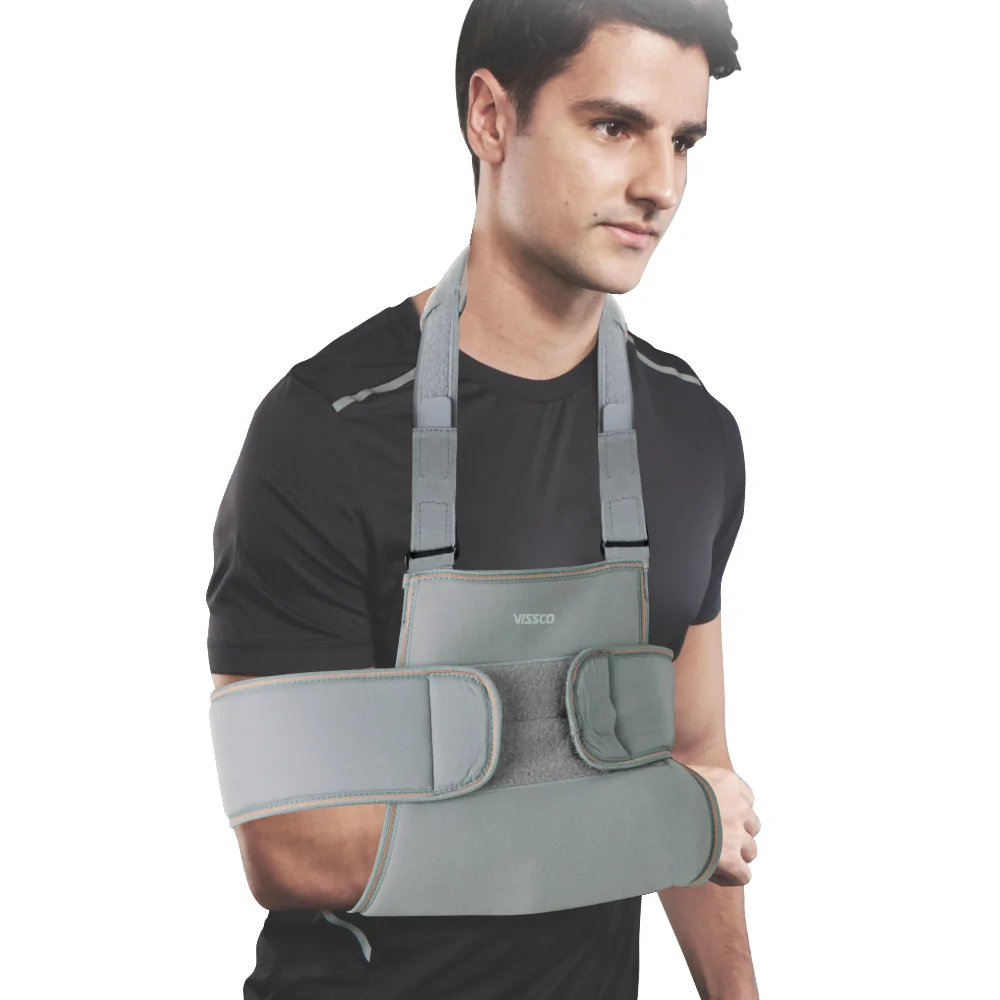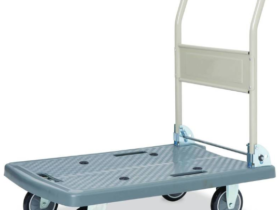What is a Shoulder Immobilizer?
Before we proceed to learn about how to use a shoulder immobilizer or to wear it properly, it is important for us to know in brief what it actually is. A shoulder immobilizer or elbow support is a tool that prevents your arm from moving to recover the shoulder. Because your arm is kept close to your body, it differs from a sling. There are typically wrist, arm, and chest bands on an immobilizer. To the chest band, each band will be fastened. As a result, your arm is less likely to move away from your body or upward or downward.
Additionally, it prevents your arm from being pulled or pushed upon by others, as well as from being moved in the night or sleeping on it incorrectly in an unsuitable posture.
Except for while taking a shower or working out, you should wear the brace always. To maintain your shoulder in the right position when taking a shower or getting dressed when the brace is off, it may be useful to have a family member help you. You must use the elbow support at night, and this is crucial. If it is more comfortable for you to do so, you can sleep upright.
A broad chest band or strap, an upper arm cuff, a hand or wrist cuff, and an over-the-shoulder strap make up the shoulder immobilizer.
Steps to Use Shoulder Immobilizer
When seated or lying down while sporting your brace, we often advise that you place a cushion behind your elbow for comfort. By doing this, you avoid sliding your elbow behind your back, which can compromise your surgical repair. The following are the steps given:
- Just below the neckline, wrap the big chest strap over your chest using the Velcro, indicating your surgically repaired shoulder. Now use your strong arm to take off the brace. When the shoulder is supported and you’re sitting down, it’s frequently simplest to put the chest strap on.
- Around the chest, securely fasten the Velcro.
- To secure the wrist or hand, bend your elbow to a 90-degree angle and fasten the hand/wrist cuff using Velcro.
- Ensure that the Velcro is securely fastened around the wrist towards the chest wall.
- The Velcro fastener on the upper arm cuff should be facing the front as you wrap it around your biceps.
- The arm strap will be fastened across the body near the wristband by placing Velcro there.
- Finally, the over-the-shoulder strap should be pulled over the shoulder that is not wounded and fastened to the front of the elbow support by hooking it into the rear of the chest strap.
conclusion
You should consult a doctor immediately if you observe that your fingers, toes, arm or hand become swollen and painful or pale. Before opting for an immobilizer, you should always prefer to consider a doctor as it is best first to know all the conditions and clear out all your questions regarding it with an expert. So do visit Vissconext and buy these products at the best price.










